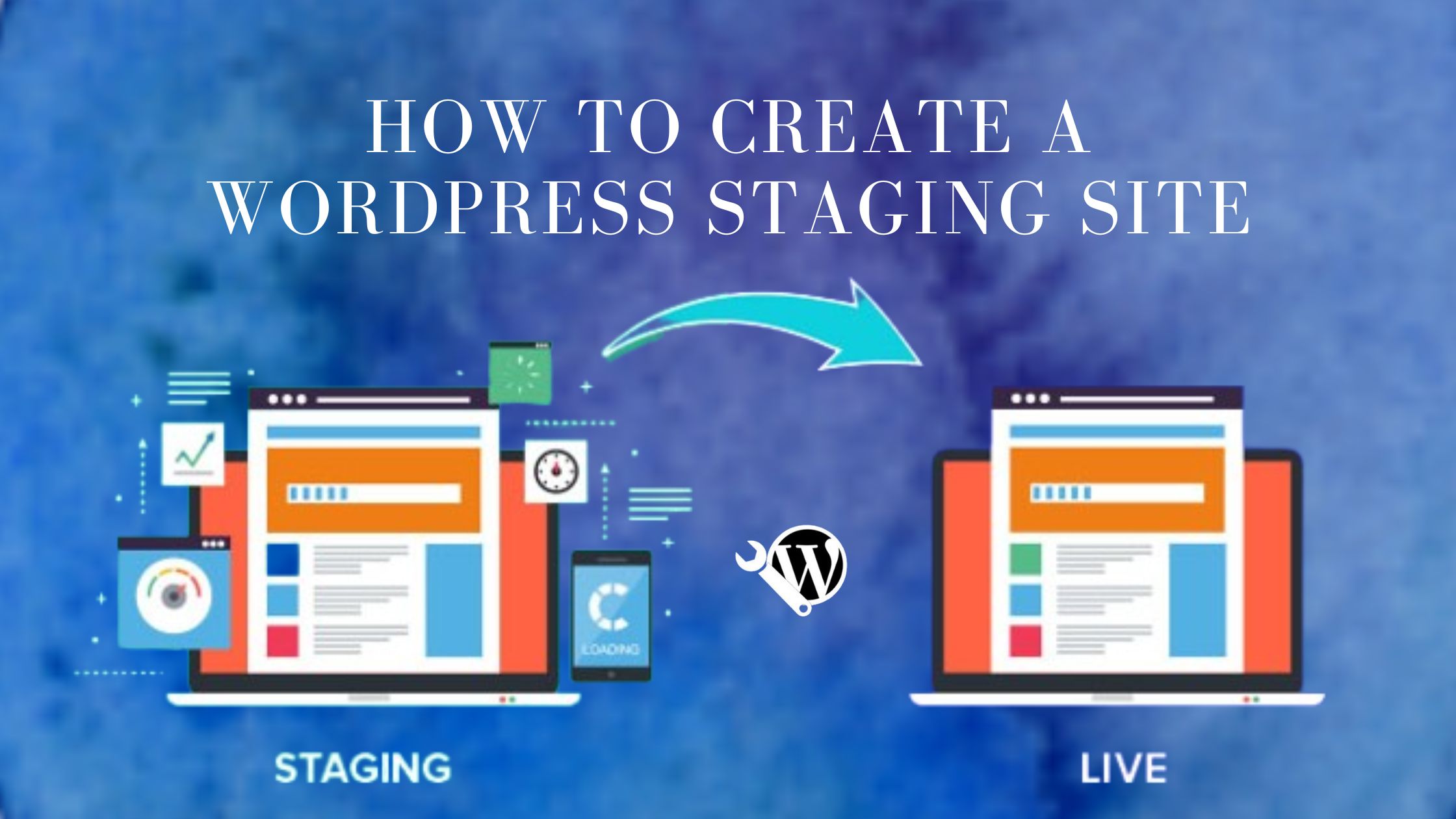About our most secure, flexible plan purpose-built for large teams and organizations
Get Started Now
Creating a staging site for your WordPress website is a game-changer, especially when you’re planning big updates or testing new features. It’s like having a safe little playground where you can try things out without risking your live site. Plus, it’s a smart move for WordPress maintenance-you get to catch any issues before they go public! Let’s walk through the simplest ways to set up a WordPress staging site, so you can keep everything running smoothly without a hitch.
In simple terms, a staging site is a replication of your live WordPress website that is not accessible to the general public.It’s like having a private playground to test out new designs, plugins, or features. You can test and experiment risk-free because any changes you make here won’t affect your actual site.
With a staging site, you can safely:
Directly changing your live site can be risky. A small mistake could break the site or even cause downtime. With a staging site, you have a safeguard to test updates and troubleshoot without affecting your visitors. Here are some top reasons why a staging site is a must-have:
By using a staging site, you get peace of mind knowing any issues won’t reach your visitors.
Before diving in, make sure you’re ready with a few essential steps. Here’s a quick checklist:
You’re ready to go ahead and create your staging site!
A staging site can be made in three primary methods. Choose the option that best fits your needs; each has advantages and disadvantages.
This is the easiest way, especially if you’re not a tech expert. With a few clicks, staging plugins can create a copy of your website. Here’s a simple way to create a staging site using WP Staging, a trusted option:
With WP Staging, you can freely make changes in a safe environment without affecting your live site.
Congratulations if your hosting company has a built-in staging feature! Many managed WordPress hosts, such as SiteGround, Bluehost, and WP Engine, provide a one-click staging setup.
That’s all it takes, and the staging site will be ready in a few minutes. Log in with your WordPress credentials, and you can test changes or try new features without impacting your live site.
If you’re comfortable with a hands-on approach, manually creating a staging site through cPanel gives you more control. Here’s how:
This manual setup may take a bit more time, but it offers full control over your staging environment.
Once your changes are ready, you’ll want to test them before deploying to your live site. Here’s how to make sure everything’s good to go:
When it comes to maintaining a WordPress site, a staging site plays a crucial role in ensuring smooth updates, testing, and improvements. However, creating the staging site is just the first step. To get the most out of it, it’s essential to follow some best practices for managing it effectively. These practices will not only help you maintain a secure and efficient testing environment but also ensure that your live website stays functional and up-to-date. By regularly managing your staging site, you can avoid potential issues and keep costs manageable, particularly when considering WordPress pricing, which can be affected by server resources and storage requirements. Let’s dive into the best practices that will help you keep your staging site optimized and secure while ensuring the changes you make have a smooth transition to the live site.
Creating a WordPress staging site might sound complex, but it’s worth it. With a staging site, you can safely update, test, and improve your website without any risk to your live site. This approach ensures your visitors enjoy a flawless experience while you work behind the scenes.
If you’re looking for reliable help with your WordPress site, consider a service like Wpcaps. As a dedicated WordPress maintenance and support company, Wpcaps covers all aspects of WordPress support, from routine updates to troubleshooting technical issues. Count on Wpcaps to help keep your website in top shape, no matter the updates or changes.